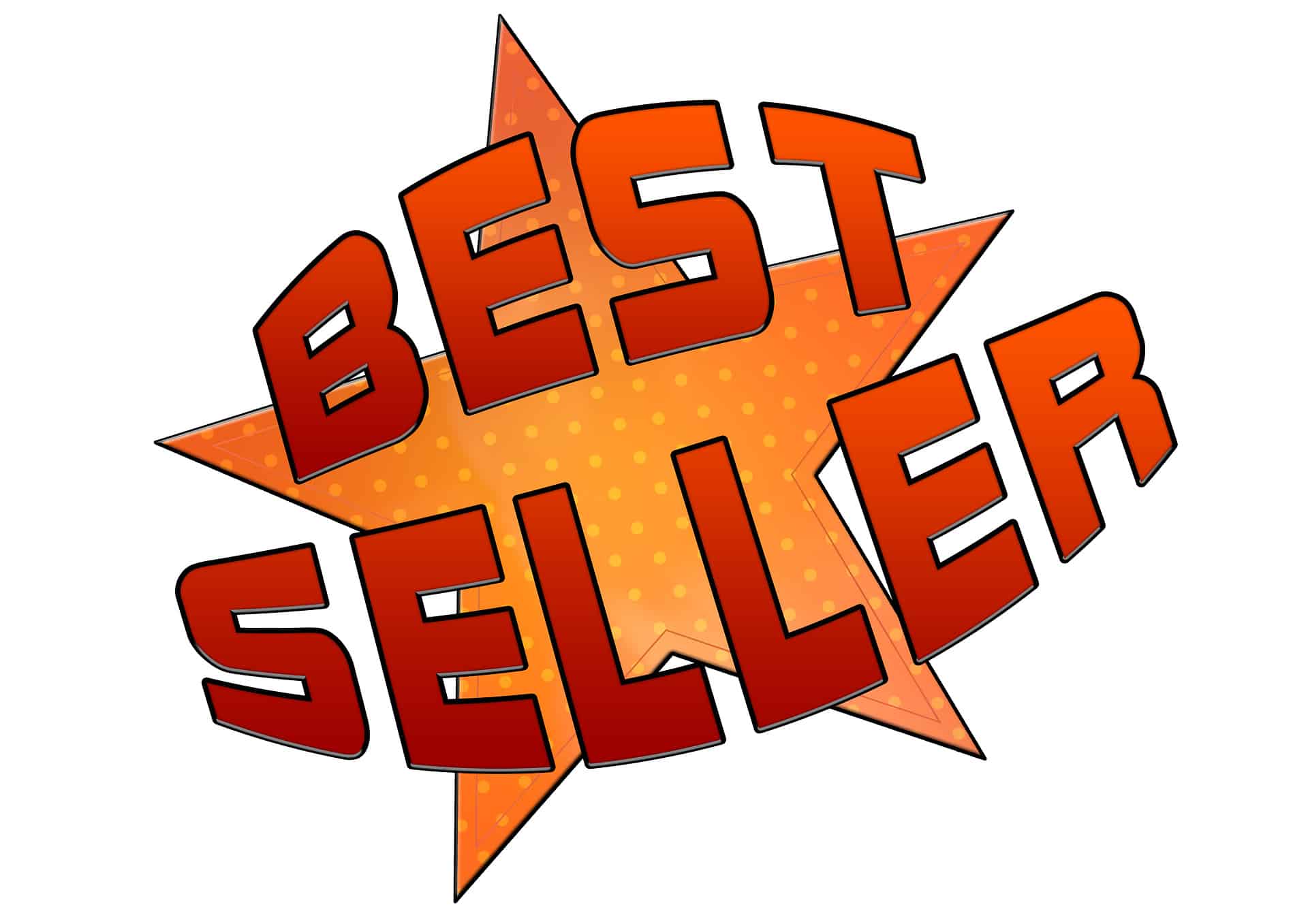
The Reality Behind “#1 Amazon Bestseller” Status
If you’ve ever met someone who touts themselves as a “#1 Bestselling Author” but is otherwise a rather obscure figure, you might have asked yourself, “How is this possible?”
Dig a little deeper, and you might have looked their book up on Amazon to see it’s at an astounding low rank today, despite their recent “#1 Bestseller” status.
If you’re thinking it doesn’t add up, you’re right
What is Going On?
Pre-Amazon, bestseller status was a more meaningful achievement than the one it has become.
It used to be that to have a #1 Bestseller meant that your book was actually the #1 bestselling book in its category that week. And by ‘category’, I mean one of two: fiction and non-fiction.
Today, things look vastly different. One can find all kinds of ways of creating a #1 bestseller without actually having to sell many books.
Real Time Rankings
While the New York Times makes its bestseller picks for the week every Tuesday, Amazon ranks books very close to real time, so, if your book came out, and you asked 25 of your closest friends to buy it all in the same hour, you could achieve #1 Bestseller status…for about an hour. Not on all of Amazon, but in a category. And Amazon has lots of categories.
A Category, of a Category, of a Category
When you put your book on Amazon, you will be asked which categories you want your book to appear in. This helps Amazon make your book findable. It also helps people create the illusion of having a book that’s flying off Amazon’s digital shelves.
If you look at Amazon’s list of available categories, you’ll see fiction and nonfiction. And you’ll also see hundreds and hundreds of other subcategories.
Many of these categories encompass big genres, like Self Help, Business, Finance, Health, etc. Likewise, the New York Times has expanded its bestsellers lists to include some of these larger topic areas. However, beyond those, on Amazon, you’ll also find a lot of subcategories, and subcategories of the subcategories.
This can help readers locate the book they seek. It also helps people manipulate the system to elevate themselves into “#1 Bestselling Author” status despite paltry book sales. The smaller the subcategory you go to, the less competition there is. Sometimes an entire subcategory only has a few books in it. So, you can become a “#1 Amazon Bestseller” in a category of a few obscure books.
Personally, I don’t see how anyone gets any satisfaction from that. Those who promote themselves as a “bestselling author” when they haven’t sold more than a couple dozen books are wading in crocodile infested waters. It is an example of manufactured authority, which carries little weight and opens one to the risk of looking foolish.
Even more so, the value that you’ve created for yourself in that situation ends right there.
Sure, you can make the Facebook post. Put it on your website. Make sure everyone introduces you as a “#1 Bestselling Author.” But if you’re not well-known, most people know it’s phony, and your reach is limited.
Which brings me to a preferable alternative.
The Amazon Power Boost Campaign
Another way to achieve an Amazon bestseller, and the way we recommend, is to make your book available on the Kindle platform, where people can download your book for free. Then, target your marketing efforts to a curated list of people who’ve already shown an interest in your subject matter.
Now, they’re not technically paying for your book. So, if your definition of ‘sales’ has to mean that there was money exchanged, then it would not qualify as a sale. But, if your intent is to put your book into the hands of your ideal reader/client, who probably has never heard of you, and downloaded your book because it looked interesting enough to read, then do you really care?
The partner that we work with to help our self-published clients with their Amazon launches, Polly Letofski, CEO of My Word Publishing helps our clients get anywhere from 2,500 to 5,000 downloads during their “Power Boost” campaign, and they hit #1 Amazon Bestseller in about 10 competitive categories.
The value of going this route is that not only can you claim the #1 Amazon bestseller status, but you’ll accomplish two other things that are way more important. 1) Several thousand people who hadn’t heard of you before will now have your content and, perhaps more importantly, 2) You’ll have properly trained the Amazon algorithm on who sees your book in their searches.
I mean, think about it, do you want Amazon showing your book to your ideal reader, or your Aunt Mabel?
The Bottom Line is This:
If you’re going to do a campaign to become a #1 Amazon Bestseller, at least do it in a way that creates value for you and others by making sure your book gets into the hands of ideal readers who’ve never heard of you.